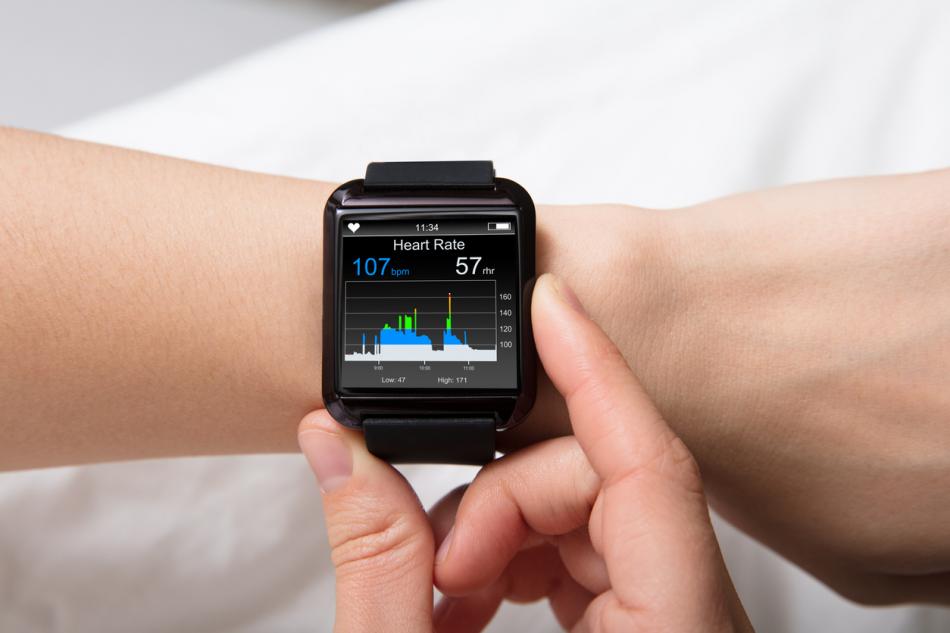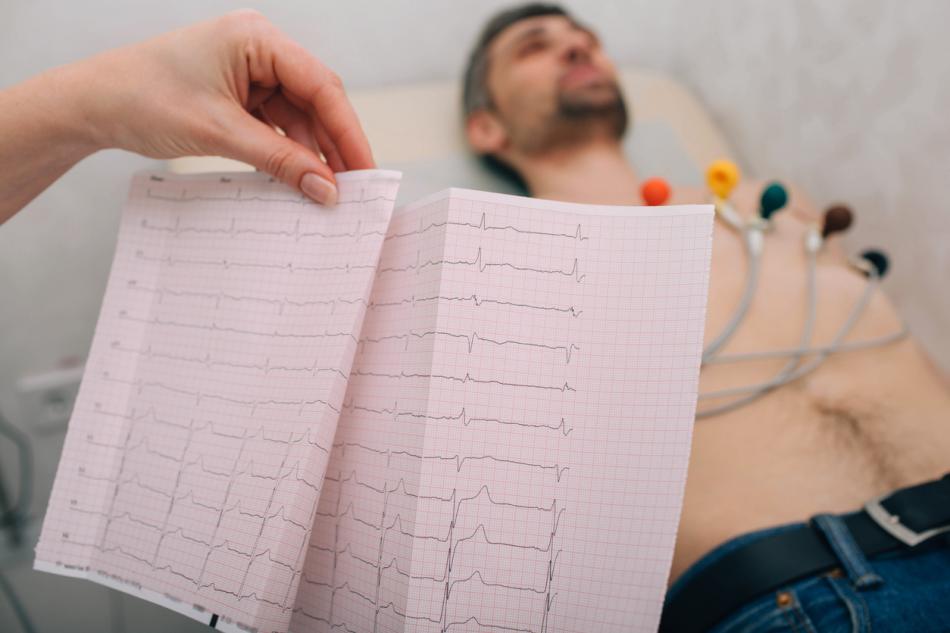Common presenting symptoms:
Palpitation; “flutter” / “thumping” in the chest; feeling of “missed beat”; dizziness; fainting
Overview:
Our heart is an amazing electro-mechanical marvel. If you have an average heart rate of 80 bpm, your heart would beat a whopping 115,200 times per day. In the course of a year, your heart would beat about 42 million times – that translates to an average of over 3.3 billion heartbeats in a lifetime! Heart rhythm disorder is therefore a rather common occurrence, and it can be acquired later in life, sometimes with congenital biological substrate within the heart.
Using another simple mechanical analogy, the heart is similar to the house we live in. There are electrical cables embedded within the walls of the heart so that we can coordinate contraction with each heartbeat. These electrical cables originate from a command centre in the right atrium (the sino-atrial [SA] node), followed by a main relay station at the junction between the atria and ventricles (the atrioventricular [AV] node); from then on, they diverge and conduct electrical signals through the left and right bundle of His to the respective Purkinje fibres for each side of the heart. Propagation of electrical signals in this orderly fashion will result in a perfectly coordinated heartbeat – regardless whether you are relaxing in bed or sprinting at the next Olympic 100m event!
Our brain is fascinating – we are programmed to filter out and ignore bodily sensation that is redundant to our survival and daily functioning. For example, right now you are most probably unaware of the pressure your buttocks are experiencing from the reaction force exerted by your mass against the chair - that is until you read the last sentence and I brought your conscious mind to that specific bodily sensation! Likewise, since your heart would beat 42 million times per year, the very sensation of heartbeat (like awareness of the act of breathing), is redundant and frankly distracting. As such, our brain simply filters out the sensation of heartbeats and we are not normally aware of them. That is until there is any disruption to the regularity of this clockwork that our brain registers as feeling of various form of palpitation / flutter / thump / missed beats.
The disruption to the regularity or heart rhythm disorder can take many forms. It can be fast or slow; regular or irregular. It may happen once in a blue moon, or be a recurrent feature every day. It can also involve specific additional (accessary) pathways within the heart (e.g. supraventricular tachycardia or SVT); or originate from specific area of the heart (e.g. left atrium and atrial fibrillation) that may relate to structural or coronary heart disease.
How do we investigate?
If heart rhythm disorder is suspected, a detailed history is of paramount importance in the diagnosis of rhythm abnormality. It is often helpful for us to capture the actual rhythm during your palpitation attack so we can confirm the suspicion and to identify the underlying rhythm and recommend appropriate treatment. Our cardiologists will recommend one or more potential investigative tests such as:-
- 24-hour ambulatory ECG
- 7-day or 14-day ambulatory ECG
- Echocardiography / Cardiac MRI to look for any structural heart abnormality
- Cardiac CT to look for any co-existing coronary artery disease
- Invasive electrophysiology study (EPS)
What are the treatment options?
Treatment options depend on type and frequency of arrhythmia identified. Some benign rhythm phenomenon requires only reassurance, but some arrhythmia such as atrial fibrillation may benefit from electric cardioversion and may need further evaluation to help protect against possible complication of stroke. Pharmacological therapy is the primary treatment in the majority of cases. But invasive electrophysiology (catheter-based) diagnostic and therapeutic procedures can be very effective in controlling some arrhythmia resistant to conventional medical therapy. In patients with very slow heart rate or heart block, a permanent pacemaker implantation may be required.

